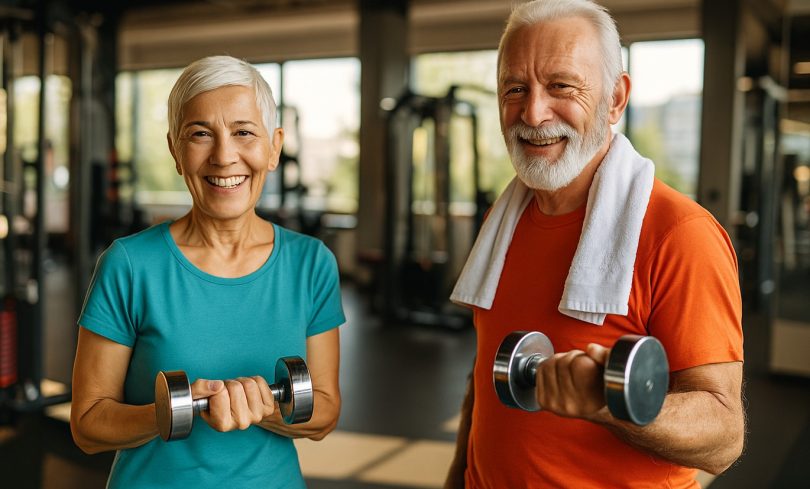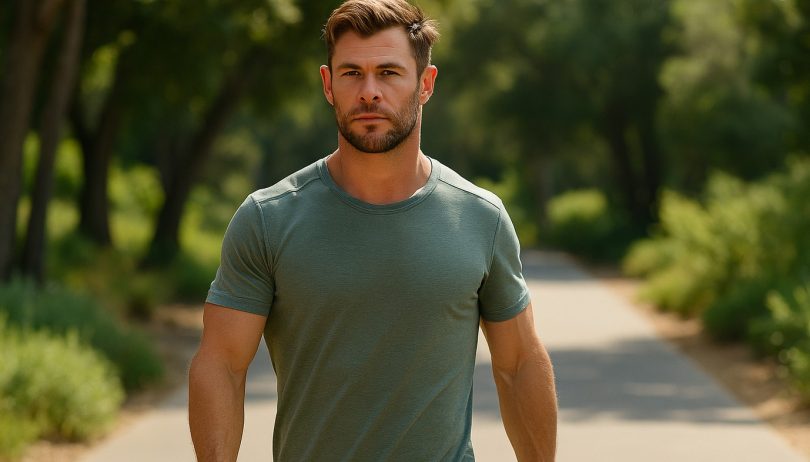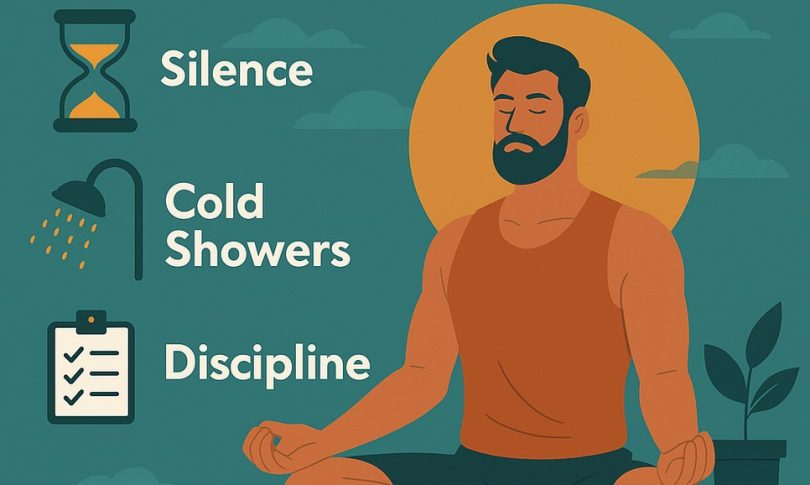Fitness for Seniors Is Booming: Why Age-Specific Workouts Matter More Than Ever
In recent years, the fitness industry has shifted its spotlight toward a demographic that was long overlooked—seniors. With longer lifespans, better health awareness, and a generation that refuses to “slow down,” more people over 60 are embracing tailored fitness programs that prioritize mobility, strength, and mental well-being.
The New Age of Active Aging
Once associated with passive lifestyles, retirement years are now being redefined by regular gym visits, yoga classes, and strength training. According to the Global Wellness Institute, the number of seniors enrolled in fitness programs has more than doubled in the past five years. This boom is not just about vanity—it’s about functionality, independence, and disease prevention.
Fitness brands, gyms, and health tech companies are investing in programs specifically designed for older adults. These workouts focus on joint-friendly exercises, posture, flexibility, and building core stability to prevent falls—a leading cause of injury among seniors.
Why Generic Workouts Aren’t Enough Anymore
Most traditional workout plans fail to account for age-related changes in bone density, muscle mass, or balance. That’s why age-specific programs have emerged as essential, not optional. Personal trainers are increasingly specializing in senior fitness, creating plans that respect limitations but still push for progress.
“You can’t treat a 25-year-old and a 70-year-old the same way in the gym,” says Dr. Natalie Klein, a geriatric physical therapist. “But that doesn’t mean you train them less—it means you train them smarter.”
Changing Cultural Norms
This shift isn’t happening in silence. Social media is full of inspiring videos of 60+ year-olds deadlifting, dancing, or mastering yoga poses. Senior influencers like Joan MacDonald (@trainwithjoan) have amassed millions of followers by proving that fitness has no age limit.
Tech is also playing a major role. Wearables now monitor heart rate variability, blood pressure, and sleep patterns—all tailored for older users. AI-powered apps offer personalized routines based on mobility and preexisting conditions.
The Economic Boom Behind the Movement
With the senior population growing rapidly, the fitness market for older adults is projected to exceed $20 billion by 2027. Gym chains are redesigning their spaces to include gentler lighting, quieter environments, and equipment made with senior ergonomics in mind.
Final Thoughts
The rise of senior fitness is not just a trend—it’s a movement. It signals a societal shift where aging is no longer seen as decline, but evolution. By embracing customized workouts, seniors are not only adding years to their life, but life to their years.






